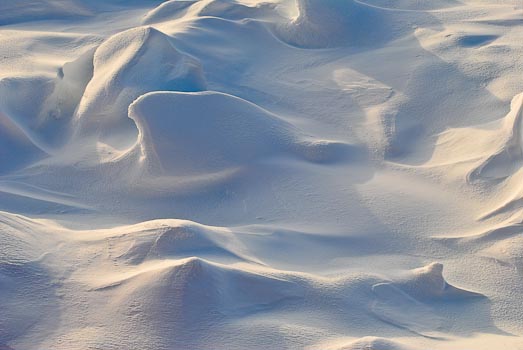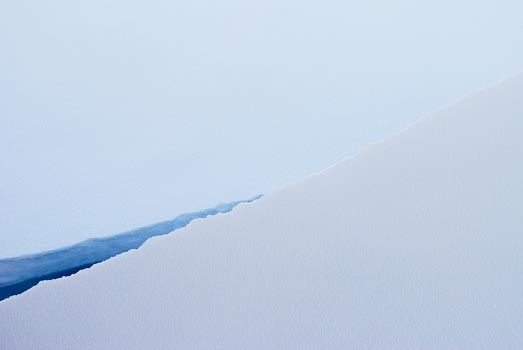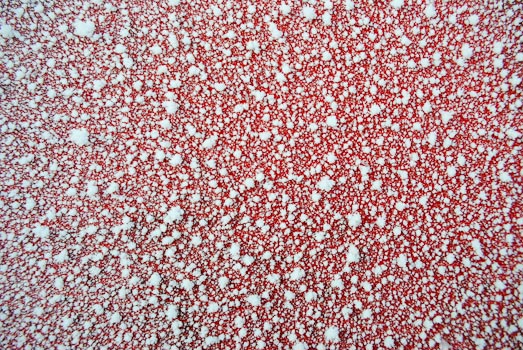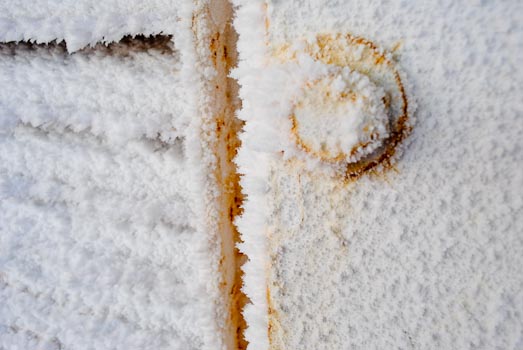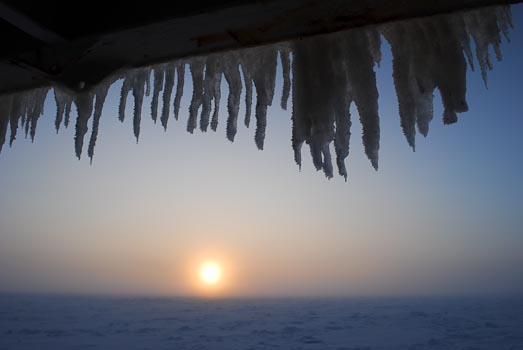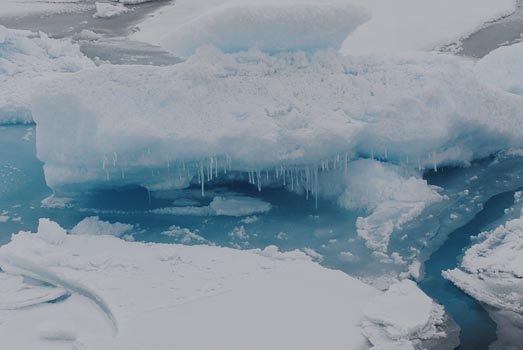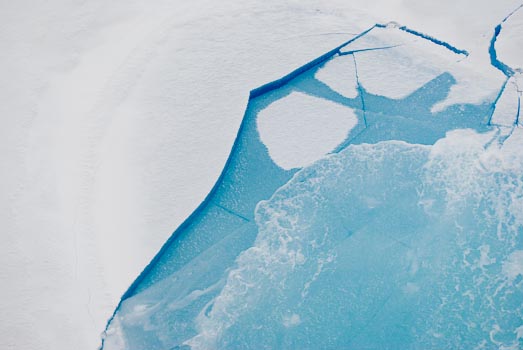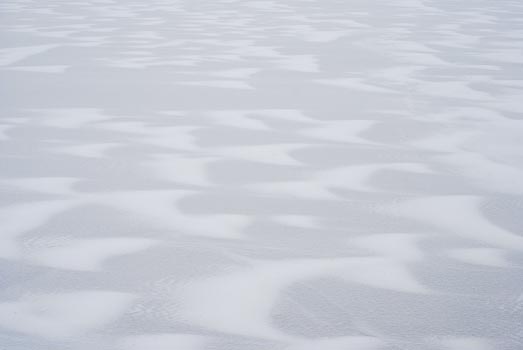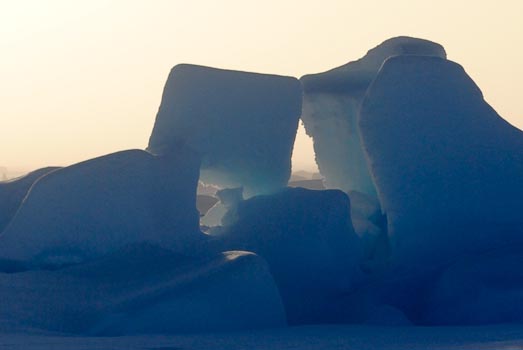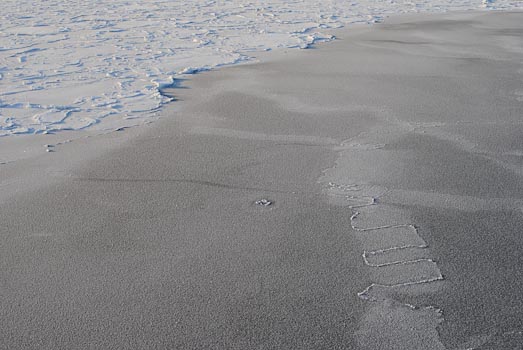Alex KainOctober 9, 2009Water is the only substance on earth that naturally occurs as a liquid, a solid, and a gas. Its appearances are many. In liquid form, water appears as the dark gray of the North Sea and the spectacular green of the Caribbean. Vapor, in its varied forms, composes stratospheric clouds, San Franciscan fog, and disorienting desert mirages. Yet when it comes to shape shifting, ice is the superlative transformer of the natural world. Ice can exist as huge and dense bergs, or ephemeral and delicate snowflakes. In the Arctic, ice appears in manifold shapes, colors, and sizes. But from the smallest frost flower to the most massive glacier, it’s all the same substance. The following images offer a brief summary of ice forms encountered thus far on the CCGS Louis S. St-Laurent.
All text and photos property of Alex Kain. Last updated: October 7, 2019 | |||||||||||||||||||||||||||||||||||||||||
Copyright ©2007 Woods Hole Oceanographic Institution, All Rights Reserved, Privacy Policy. | |||||||||||||||||||||||||||||||||||||||||


